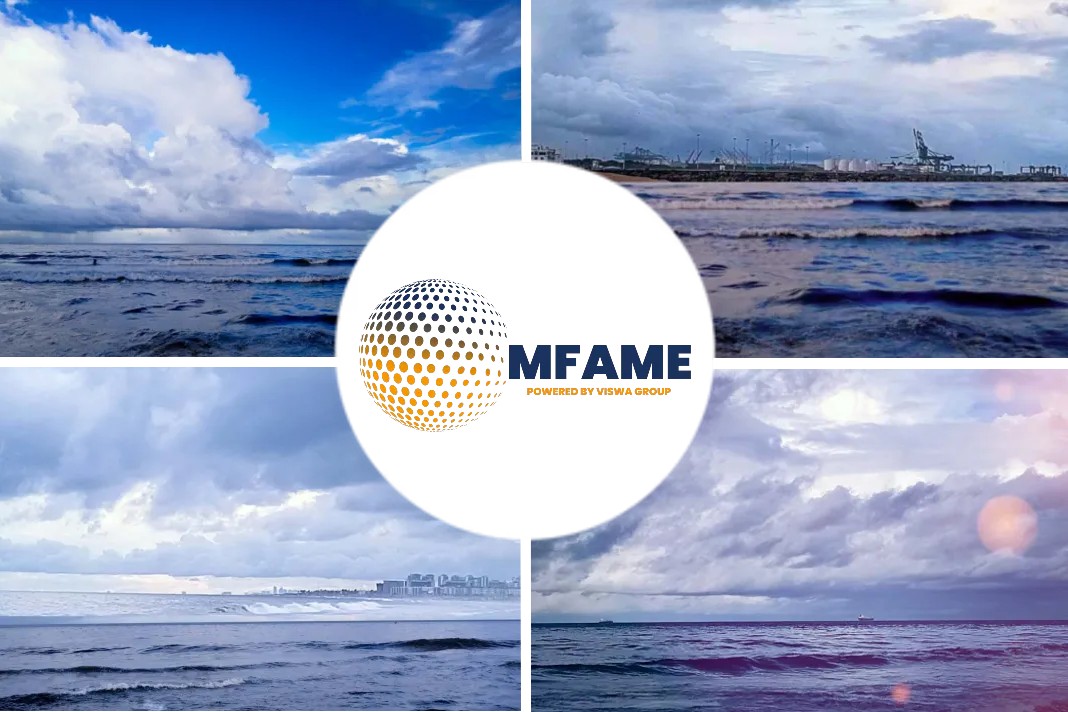- Capesize rates whipsaw on tight supply and weather disruptions while China restricts steel output.
- Vale reduces capacity guidance, now sees smaller increase next year.
- Volatility in dry bulk freight to remain elevated.
A recent news report published in the Capital Links Shipping provides the Bi-Weekly Report concerning Dry Bulk Shipping.
China restricts steel output
Capesize rates whipsaw on tight supply and weather disruptions while China restricts steel output
Blink and you missed it: Over the last two weeks, the Capesize market experienced one of the most volatile periods in recent memory, with spot rates dropping some 10k, before recovering sharply and reaching new decade highs, as tight vessel availability forced charterers to chase ships at ever increasing rates.
Although the N. Atlantic market was firm to begin with, a Super Typhoon in Asia has led to significant vessel delays, resulting in replacements for the Australian miners and causing rates to spike in that part of the world, further adding fuel to the fire with owners
now very bullish for the near-term development of spot rates. However, China’s restrictive policy on commodities and especially on the steel market should be taken seriously and at least moderate some of the current excitement.
The central government is requiring steel mills to aggressively reduce runs in order to meet the pre-set goal of flat steel production for the whole year, and given that year-to-date output is up almost 10%, the rest of the year should see declining production, which does not bode well for the near-term iron ore trade outlook.
Of course, the current dry bulk rally is mainly supply driven (congestion and delays) and as long as demand remains relatively healthy on a global scale, rates will be supported. Still, China represents a significant part of tonne-mile demand and any slowdown will have an impact on the broader dry bulk market.
For now, the narrative remains positive, but price has a way of changing sentiment, so one should be aware of the important changes happening in the Chinese steel industry, something that is clearly reflected daily on the price of iron ore (down some 50% from its recent highs).
Vale reduces capacity guidance
Vale reduces capacity guidance, now sees smaller increase next year
One of the largest iron ore miners globally, Vale recently reduced its capacity guidance for next year, citing permitting delays in its northern Brazil mines.
The 370 million metric ton capacity for next year will still represent an 8%-10% increase overall, but obviously it is a
much smaller increase (~30mt less) versus prior expectations.
The “magic” 400mt capacity target was also pushed forward. Overall, although the near-term implications are not meaningful, it does impact the market balance for dry bulk, as the lost exports represent some ~8mdwt of reduced tonnage requirement for next year.
In recent years, Vale’s guidance has become quite unreliable, unfortunately to the downside, and thus although such guidance is useful for modelling purposes, there is a lot of uncertainty on the timing and magnitude of achieving such forecasts.
Volatility in dry bulk freight
Volatility in dry bulk freight to remain elevated
For the rest of 2021, we expect demand growth for dry bulk shipping to exceed growth in net new supply given the considerable congestion issues, and although utilization is still well below the record high levels of the 2000s, directionally, utilization is heading to new multi-year highs that have the potential to push shipping rates much higher.
We anticipate volatility to remain elevated, while we sense that government policy decisions, especially as it relates to China’s attempt to reduce carbon emissions caused by steel mills, are the main risk when it comes for the direction of future demand for dry bulk shipping.
Did you subscribe to our daily newsletter?
It’s Free! Click here to Subscribe!
Source: Capital Links Shipping





















